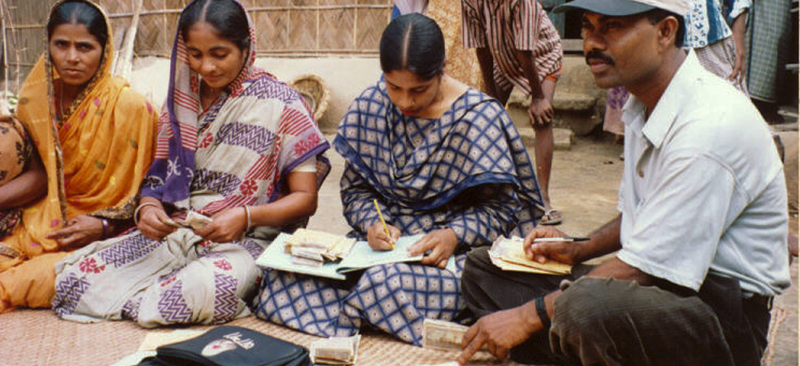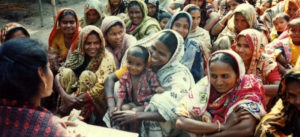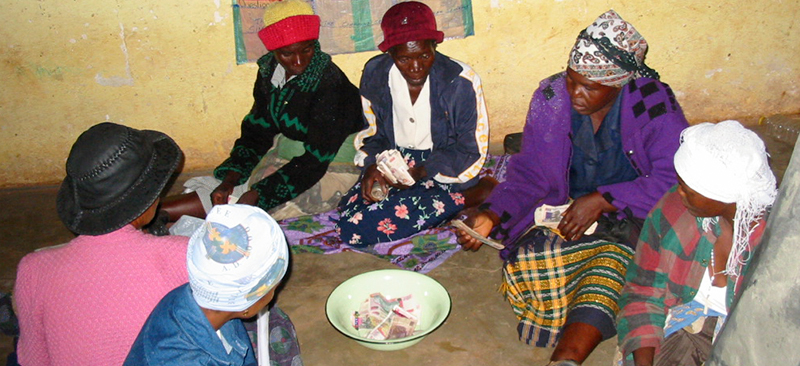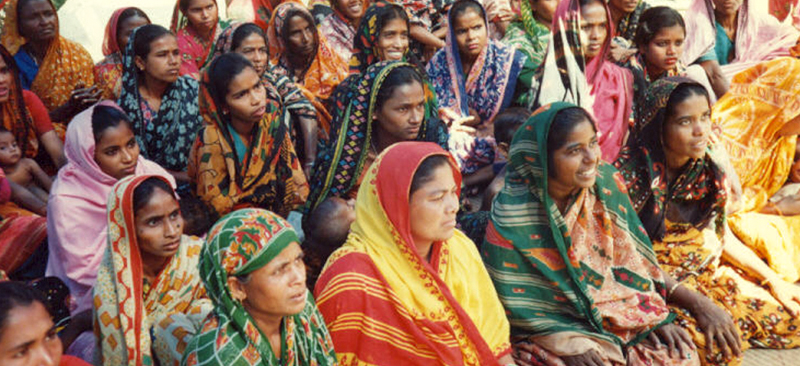Part of the local financial markets initiative under the Imp-Act programme, this paper looks at how poor people manage their money in an environment where there are no semi-formal or formal financial service providers.
Blog
Staff Incentive Schemes – The International Experience
This paper attempts to give an overview of the international experience with staff incentive schemes. It provides an overview of the staff incentive schemes in other industries, where these are an element of common policy.
It also provides information on some basic parameters of microfinance industry such as outreach and sustainability. The findings in this research suggest that a much smaller percentage of MFIs employ some form of monetary incentive program in Asia but the majority of schemes in place were designed to enhance asset quality and staff productivity. It concludes that the highly productive MFIs are heterogeneous in their staff incentive schemes.
Principles for Designing Staff Incentive Schemes
This article attempts to summarise the process of designing incentive schemes for staff members of microfinance institutions (MFIs). It identifies certain basic principles for designing monetary staff incentive schemes, once the decision to implement such a scheme is taken by an MFI. After introducing some basic definitions from the human resource literature, this article looks at factors that influence the choice of staff incentive schemes. In addition, it presents several critical design issues for incentive schemes. It concludes with a list of common mistakes in designing incentive mechanisms and also derives some basic lessons related to it.
It Is Expensive to Be Poor: Losses Suffered by People Saving in Uganda
Presents the qualitative research data – the experiences of poor people trying to save using informal sector mechanisms – from the “Relative Risks to the Savings of the Poor” paper. The paper provides details of the richness and complexity of poor people’s attempts at saving in the informal sector and their successes, failures and losses as they do so.
The Feedback Loop- A Process for Enhancing Responsiveness to Clients Or, What Do We Do With All This Client Data?
MFIs usually undergo impact assessment reviews and evaluations but rarely do these studies leading to substantive changes within their institution.
This paper highlights the results of the feedback processes at five ImpAct partner institutions– a bank focusing on the low-income market, two group-based microcredit institutions, a set of member- owned financial institutions, and a savings and credit microfinance institution.
The paper builds on the Ford Foundation impact study and examines the lessons learnt for institutionalising the feedback into the MFIs’ systems and products. Further, it makes recommendations on how to complete the feedback loop and accordingly develops a toolkit/checklist to help MFIs use the data they (and their evaluators) collect to make and implement responsive decisions/changes within the organisation.
Key Questions that Should Precede New Product Development
Many MFIs are looking at new product development as a way of responding to their clients’ needs. This note suggests six essential questions to be asked prior to setting about new product development, which can generally be classified into—motivation, commitment, capacity, cost effectiveness and profitability, simplicity, and complexity. Moreover, it tries to build the understanding of the readers about the complexity and cost of product development. It advises the MFIs that client-responsive products would reduce drop-outs, attract increasing numbers of new clients and contribute substantially to their long-term sustainability.




